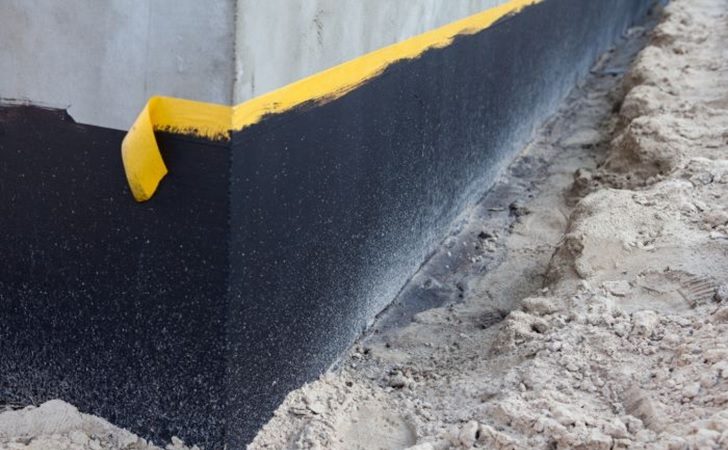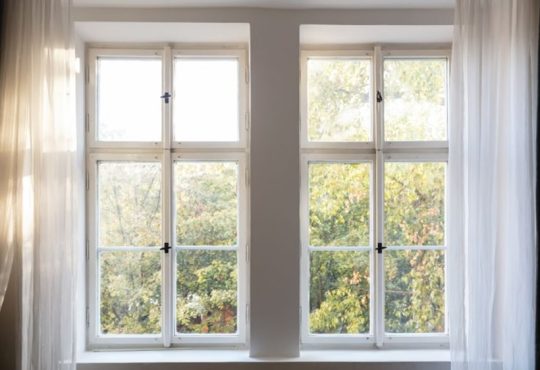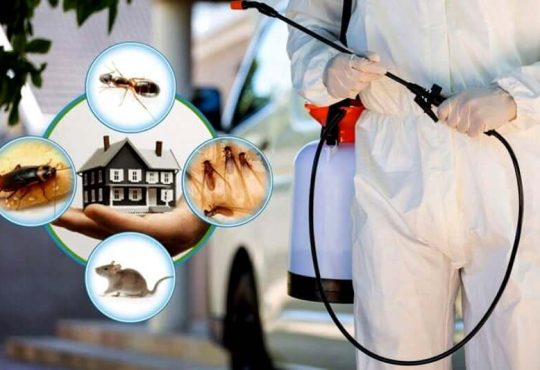
If you’ve ever dealt with a wet basement or musty smells in your home, you know how damaging water can be. It creates an unpleasant living environment and can lead to long-term issues such as mold, structural damage, and a weakened foundation.
Waterproofing your home is essential for protecting it from these problems, but choosing the best solution can be confusing with so many options available. Whether you’re a first-time homeowner or dealing with water issues for the first time, this guide will help you understand the different types of waterproofing and determine the best option for your home. If you’re in the DC area, seeking expert waterproofing DC services can help ensure you choose the right solution for your needs.
1. Understanding Waterproofing and Why It Matters
Waterproofing prevents water from entering your home, especially in areas like basements, crawl spaces, and foundations. When done correctly, waterproofing protects your home’s structure and helps avoid expensive water damage repairs. Without it, moisture can cause mold growth, rotting wood, and cracks in your foundation.
Choosing the right waterproofing method is crucial, as the wrong solution can lead to ongoing or worsening water issues, resulting in more severe problems and higher repair costs. Thankfully, various options suit different budgets, needs, and home types.
2. Different Types of Waterproofing Solutions
Interior Waterproofing
Interior waterproofing is a popular and cost-effective method. It involves applying coatings, sealants, or paints to your basement’s interior walls or floors. These products create a barrier preventing water from seeping through cracks or porous materials.
Pros:
- Quick and easy to apply, often a DIY job.
- Inexpensive compared to other options.
- Works well for minor moisture issues.
Cons:
- Not a permanent fix for severe water intrusion.
- Only addresses symptoms, not the source of water.
If your basement only experiences minor moisture problems, interior waterproofing can be a quick and affordable solution. However, this method might not be enough if the water source is more significant.
Exterior Waterproofing
Exterior waterproofing is a more thorough solution. It involves applying a waterproof membrane to the outside of your foundation walls to prevent water from entering before it can seep through. This method may also include installing a drainage system to direct water away from the foundation.
Pros:
- Provides long-lasting protection.
- Prevents water from entering the basement in the first place.
- Best option for homes with serious water issues.
Cons:
- More expensive than interior solutions.
- Requires excavation and professional help.
- Disruptive to your landscaping.
If you’re dealing with frequent water problems or flooding, exterior waterproofing is a more reliable and permanent solution. It’s ideal for homes in flood-prone areas or with significant foundation issues, though it comes with a higher price tag.
Crawl Space Waterproofing
Homes with crawl spaces often face water issues due to moisture entering from the ground below. Crawl space waterproofing involves sealing the area with vapor barriers, applying sealants to the walls, and sometimes installing a dehumidifier to dry the air.
Pros:
- Reduces moisture, preventing mold growth and keeping your home’s air quality clean.
- Helps protect the home’s structural elements.
Cons:
- Requires professional installation.
- Needs proper ventilation to avoid trapping moisture, which could lead to mold growth.
If you have a crawl space, waterproofing is essential to keep the moisture under control and prevent long-term damage. It’s a good solution for homes in humid or flood-prone areas where standing water can easily get into lower-level spaces.
French Drains
French drains are a simple yet effective drainage solution for homes experiencing water pooling around the foundation. The system involves digging a trench around the exterior of the foundation, placing a perforated pipe, and covering it with gravel to allow water to flow away from the house.
Pros:
- Highly effective in preventing water buildup around the foundation.
- Great for homes with poor drainage or heavy rainfall.
Cons:
- Requires significant digging and installation.
- Needs to be installed properly to work effectively.
If your home experiences water pooling around the foundation due to poor drainage, a French drain can be a cost-effective solution to keep the water away. This method is especially helpful in areas with a lot of rainfall or in homes with clay-heavy soils that retain water.
3. Evaluating Your Home’s Needs: How to Choose the Best Waterproofing Solution
When selecting the best waterproofing method for your home, consider the following factors:
- Budget: Interior waterproofing is the most affordable option but may not be enough for severe water issues. Exterior waterproofing and French drains are pricier but provide more reliable, long-term solutions.
- Severity of Water Issues: An interior solution may suffice if you’re dealing with occasional moisture or minor leaks. For recurring flooding or persistent water problems, exterior waterproofing or a French drain may be necessary.
- Foundation Type: The type of foundation (slab, crawl space, etc.) will determine which waterproofing method is most suitable for your home.
- Climate and Environment: Homes in flood-prone areas or regions with heavy rainfall should consider more robust waterproofing systems like French drains or exterior waterproofing.
4. Benefits of Waterproofing Your Home
Waterproofing is an investment that offers many benefits:
- Prevent Mold Growth: Waterproofing keeps moisture from seeping in, reducing the chances of mold and mildew growing.
- Protect Your Foundation: Continuous exposure to water can weaken the foundation, but waterproofing prevents damage.
- Increase Property Value: Homes with waterproofing systems are more attractive to buyers, as they show that the house has been well-maintained.
- Save Money: Preventing water damage now can save you significant repair costs in the future.
5. Maintenance and Longevity of Waterproofing Systems
No matter which waterproofing method you choose, it’s important to keep up with regular maintenance. Interior solutions may need reapplication over time, while exterior waterproofing systems and French drains require occasional inspections to ensure they’re working correctly. Look out for signs of water intrusion, like musty smells or water stains, and address any issues promptly.
Conclusion
Choosing the right waterproofing solution is key to protecting your home from water damage. Whether it’s interior or exterior waterproofing, crawl space treatments, or French drains, there’s an option to fit every need and budget. Assess your home’s needs and select the best solution.
If you’re unsure which method is right for you, reach out to an expert. Basement Waterproofing DC offers affordable and effective solutions to keep your home dry. Contact us today to protect your home from water damage.








